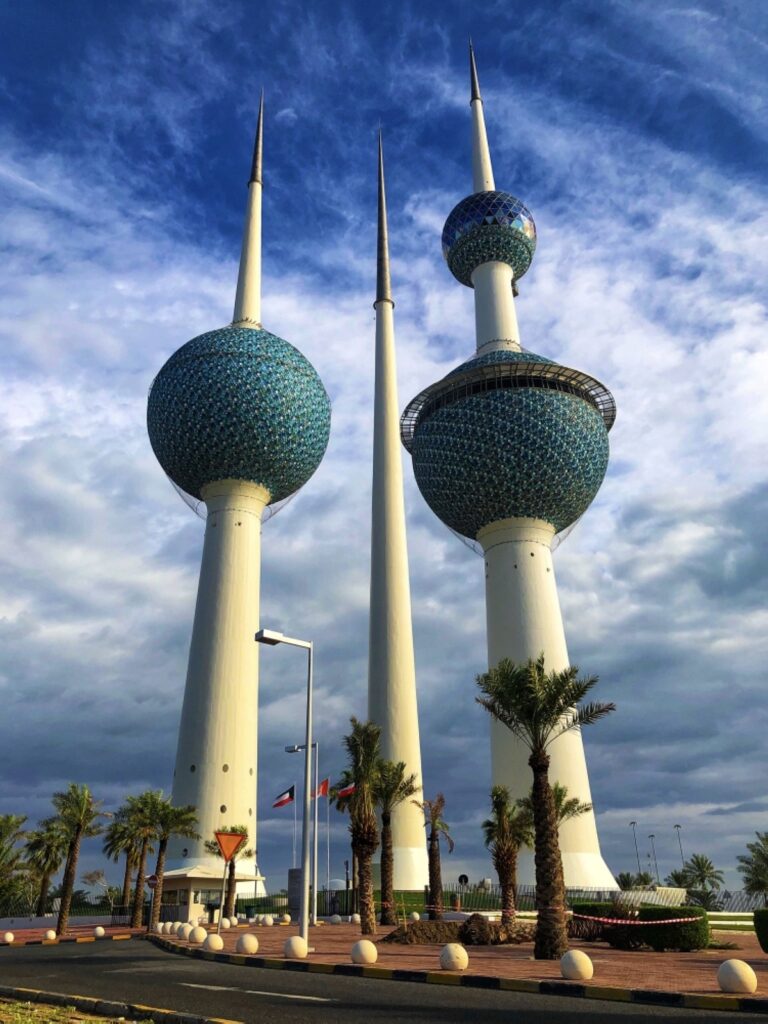BEIRUT: The Kuwait Towers have been officially added to the Arab Heritage List under the modern architecture category, the Arab Observatory for Architectural and Urban Heritage announced Wednesday at the close of its 9th regional forum in Beirut. The inclusion comes after Kuwait’s National Council for Culture, Arts and Letters (NCCAL) submitted the towers as a cultural property of national significance. The iconic towers were among 19 sites added to the Arab Heritage List this year. Mahmoud Al-Rubaie, an engineer in the council’s historic building restoration department, represented Kuwait at the event.
“The council nominated the Kuwait Towers because they represent a unique human experience and a major national urban landmark,” Al-Rubaie told KUNA. “The idea behind the towers was to solve a growing logistical issue — supplying water to the expanding city and suburbs — but they were designed with such creativity and beauty that they became a cultural icon.”
While many of the entries on the heritage list are ancient stone structures, the Kuwait Towers stood out as part of the modernist category. Al-Rubaie explained that they weren’t just water tanks — they were envisioned as a forward-looking infrastructure project that merged function with art. “They embody a futuristic outlook and have become inseparably linked with Kuwait’s image in the modern era,” he added.
Al-Rubaie noted the submission was prepared with support from his colleague Dalal Alnoumas, their department head Zahraa Ali Baba, and under the supervision of NCCAL Secretary-General Dr Mohammad Al-Jassar.
The Arab Observatory operates under the Arab League’s educational and cultural arm (ALECSO) and is tasked with identifying and preserving architecturally significant sites across the region. Mohammad Abu Saadi, who heads the committee reviewing submissions to the heritage list, said the Kuwait Towers met several key criteria. “This is a structure that began with a clear utility and transformed into a symbol and identity — a unique mark for Kuwait,” he said. “Its architectural beauty, strategic location, and multi-functional use gave it all the elements needed to be recognized as a heritage landmark.” — KUNA

